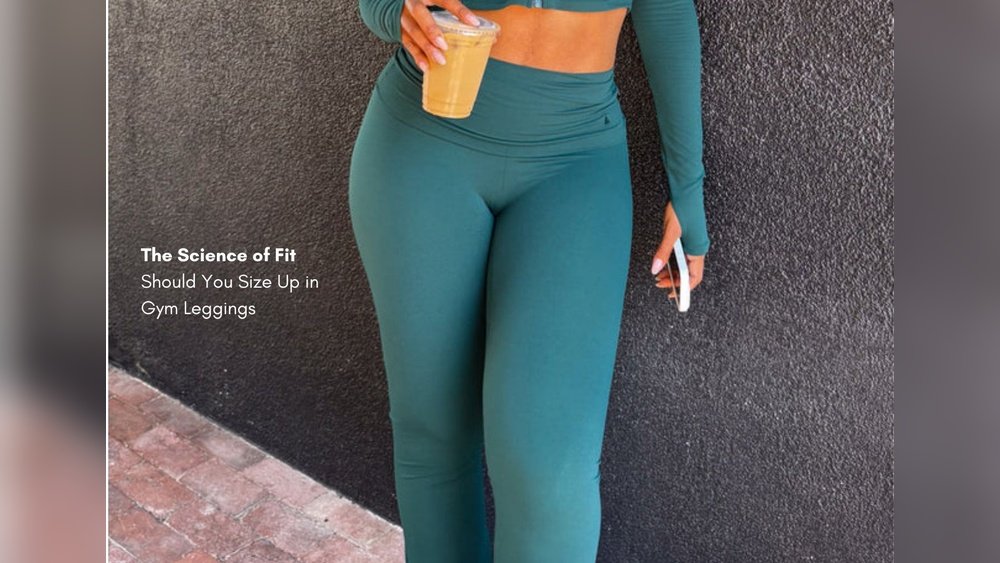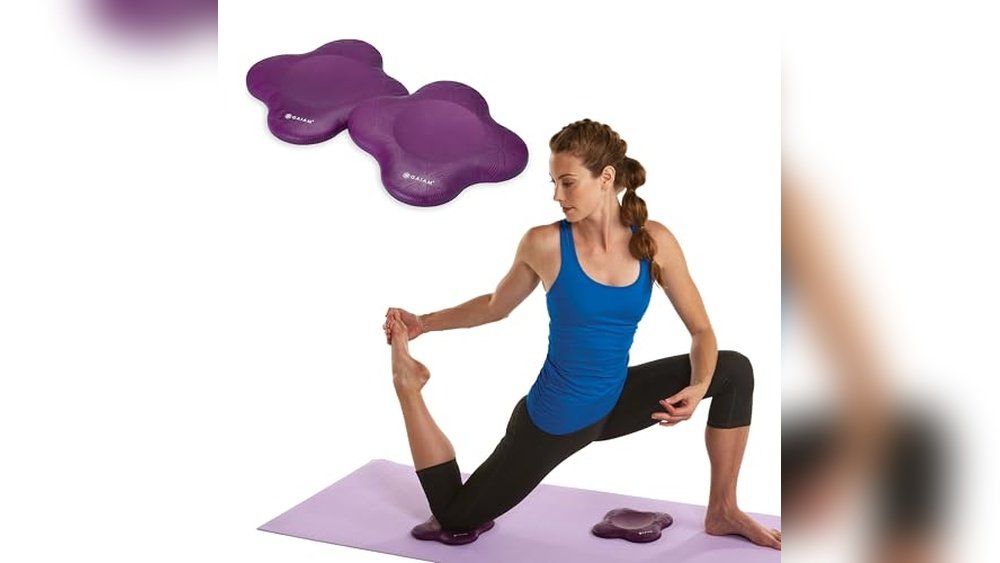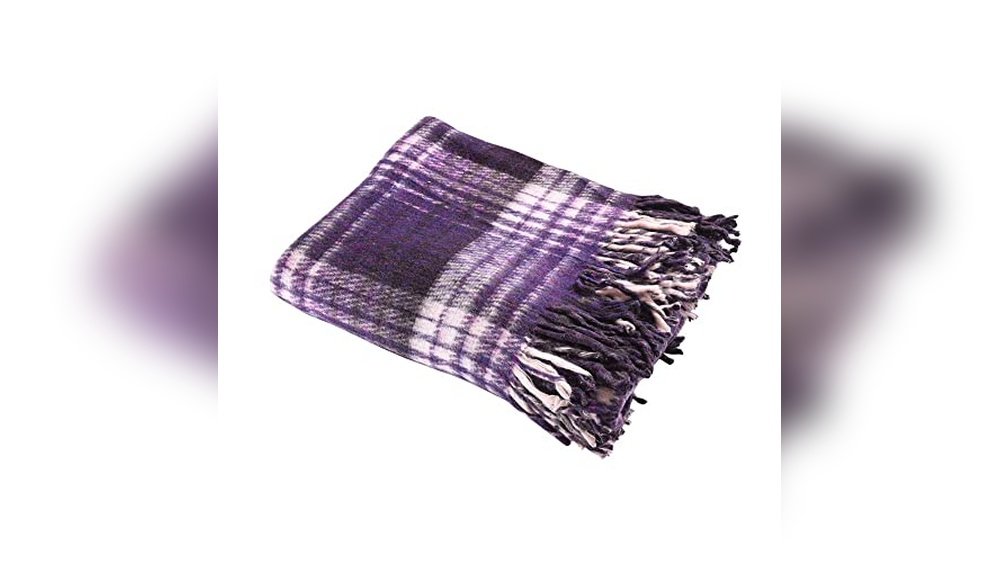You’ve probably wondered at some point: how tight are yoga leggings supposed to fit? Too loose, and they might slip down or bunch up, making your workout uncomfortable and distracting.
Too tight, and they could dig into your skin, restrict movement, or leave marks. Finding that perfect fit isn’t just about comfort—it’s about feeling confident and supported during every stretch, pose, or run. You’ll learn clear signs to spot if your leggings are too big or too small, why fit matters more than you think, and simple tips to choose the right pair that moves with your body.
Keep reading to discover how to make your yoga leggings work for you, not against you.
Fit Essentials
Choosing the right fit for yoga leggings matters for comfort and performance. Fit essentials help you find leggings that support your moves without causing discomfort. The perfect fit feels snug but allows freedom to stretch. Here are key points to consider.
Snug But Comfortable
Yoga leggings should hug your body closely. They need to stay in place during poses. At the same time, they must not squeeze too hard. Tight leggings can cause discomfort or leave marks. A snug fit supports muscles and feels like a second skin.
Avoiding Restriction
Leggings should allow easy movement. Avoid any fabric that limits your stretches. If you feel pinched or restricted, the leggings are too tight. Breathable materials and flexible fabrics help prevent this. Your leggings must move with you, not against you.
Stretch And Shape Retention
Good yoga leggings stretch with your body and return to their shape. Over time, leggings may loosen but should not sag. Look for fabrics with high elasticity and quality stitching. This ensures leggings keep their fit and support through many workouts.
Signs Of Poor Fit
Wearing yoga leggings that fit well boosts comfort and performance. Poor fit can cause distraction and discomfort during your practice. It is important to spot signs that your leggings are either too loose or too tight.
Too Loose Indicators
- The waistband feels loose and slips down easily.
- Extra fabric bunches up around knees or ankles.
- Leggings slide down when you move or bend.
- Leggings do not hold shape and look baggy.
- They fail to support muscles during exercise.
Too Tight Indicators
- Waistband or seams dig into your skin painfully.
- Movement feels restricted or uncomfortable in leggings.
- Fabric looks thin and overly stretched in some areas.
- Red marks appear on skin after removing leggings.
- Breathing or blood flow feels limited during wear.
Waistband Importance
The waistband plays a key role in how yoga leggings fit and feel. It keeps the leggings in place during movement. The right waistband fit prevents slipping and discomfort. Choosing leggings with a good waistband can improve your yoga practice and daily wear.
A well-designed waistband supports your waist without digging in. It helps shape your body while allowing freedom of movement. The waistband’s stretch and firmness balance comfort with security. Paying attention to waistband fit ensures your leggings stay put and feel good.
Snug Waistband Fit
The waistband should fit snugly but not too tight. It needs to stay in place without leaving marks or causing pain. A snug waistband stops leggings from sliding down during poses. It also avoids excess pressure that can make you uncomfortable. This balance keeps you focused on your workout, not your clothes.
High-waisted Benefits
High-waisted leggings offer extra support around the waist and stomach. They provide a secure fit that holds the leggings up better. High waistbands can smooth your silhouette and prevent muffin tops. They also offer more coverage during stretches and bends. Many find high-waisted leggings more comfortable and flattering for yoga practice.

Credit: www.sherpaadventuregear.com
Fabric And Comfort
Fabric and comfort play a key role in how tight yoga leggings should fit. The right fabric can make leggings feel like a second skin. Comfort ensures you can move freely without irritation or restriction. Both depend on the type of fabric and how it feels against your skin. Quality fabric also influences how leggings stretch and hold their shape during exercise.
Smooth Fabric Feel
Yoga leggings should feel soft and smooth on your skin. Rough or scratchy fabric can cause discomfort and distract you during workouts. Smooth fabric allows easy movement and prevents chafing. It also helps leggings glide over your skin, making tight fits comfortable. Look for fabrics like nylon or polyester blends that offer this smooth touch.
Fabric Stretch And Thickness
The stretch of the fabric impacts how tight leggings should fit. Stretchy fabrics adapt to your body shape and allow flexibility. They should feel snug but not restrictive. Thickness matters too. Thicker fabrics offer more support and coverage, while thinner fabrics are lighter but may feel less secure. Choose leggings with enough stretch and moderate thickness for comfort and performance.
Sizing Tips
Choosing the right size for yoga leggings is key for comfort and performance. Proper fit means leggings feel snug but not too tight. They should move with your body without cutting off circulation. Here are some simple sizing tips to help you find the perfect fit.
When To Size Up
Size up if leggings feel too tight or pinch your skin. Avoid leggings that leave red marks or cause discomfort. If you cannot bend or stretch easily, a bigger size works better. Also, size up if the waistband digs in or leaves deep lines. Leggings that stretch thin and lose shape suggest they are too small.
When To Size Down
Size down if leggings feel loose or baggy in key areas. Loose waistbands that slip or fall during movement need a smaller size. Extra fabric bunching behind knees or around ankles means the fit is too big. Leggings should stay in place without constant pulling. A snug fit ensures better support and look.
Trying Different Sizes
Always try on more than one size if possible. Sizes vary between brands and styles. Test leggings by squatting, stretching, and walking to check comfort. Pay attention to how the waistband fits and how fabric feels on your skin. Trying different sizes helps you pick leggings that feel just right.
Preventing Slippage
Slippage is a common issue with yoga leggings that can disrupt your practice. Leggings that slip down cause distraction and discomfort. Preventing this problem helps you stay focused and confident during workouts. The fit of your leggings plays a key role in keeping them in place.
Common Causes
Leggings slide down mainly due to poor fit. If the waistband is too loose, it cannot hold the leggings up. Fabric that lacks stretch or grip also leads to slippage. Sweat and movement increase the chance of leggings slipping. Leggings that are too big will often bunch and fall. Wearing the wrong size or low-quality materials causes these problems.
Keeping Leggings In Place
Choose leggings with a snug waistband that fits your waist well. High-rise leggings often stay better than low-rise ones. Look for fabrics with good elasticity and moisture-wicking properties. Some leggings include silicone strips inside the waistband to prevent slipping. Pulling leggings up firmly before exercise helps too. Adjusting your leggings during breaks can keep them secure.
Long-term Fit Care
Taking care of your yoga leggings over time helps keep their fit just right. Proper care prevents them from becoming too loose or stretched out. It also maintains comfort and support during your practice. Understanding how leggings change with wear guides you in preserving their shape and feel.
Leggings Stretch Over Time
Yoga leggings naturally stretch with regular use. The fabric adapts to your body shape while moving and bending. This stretching is normal and expected for tight-fitting clothes. Over months, the material may loosen and feel less snug. Stretching does not mean leggings are ruined, but their fit changes gradually.
Maintaining Shape And Support
Washing leggings carefully helps keep their shape longer. Use cold water and gentle cycles to avoid damage. Avoid heat from dryers as it weakens elastic fibers. Lay leggings flat to dry instead of hanging them. Proper washing preserves fabric elasticity and support for a better fit.
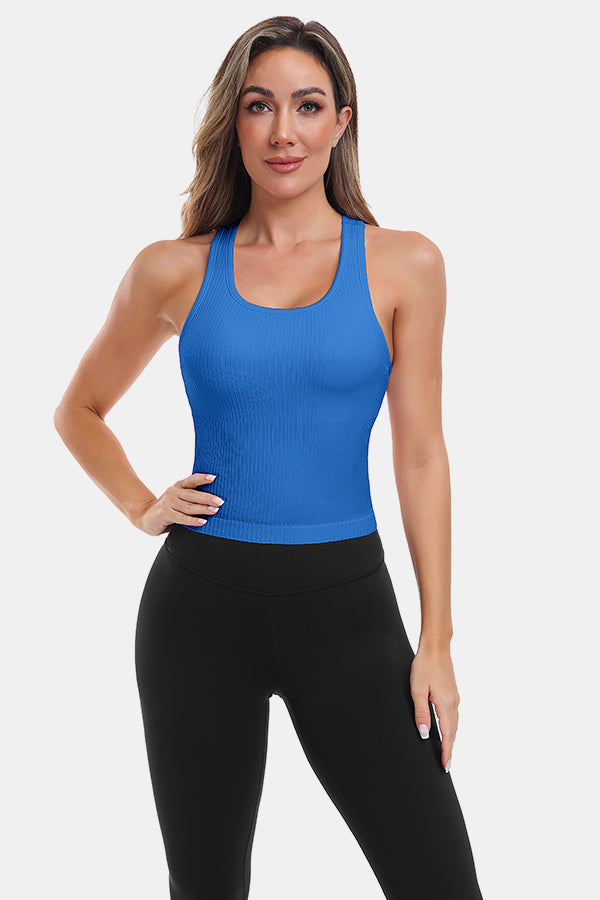
Credit: attracosports.com
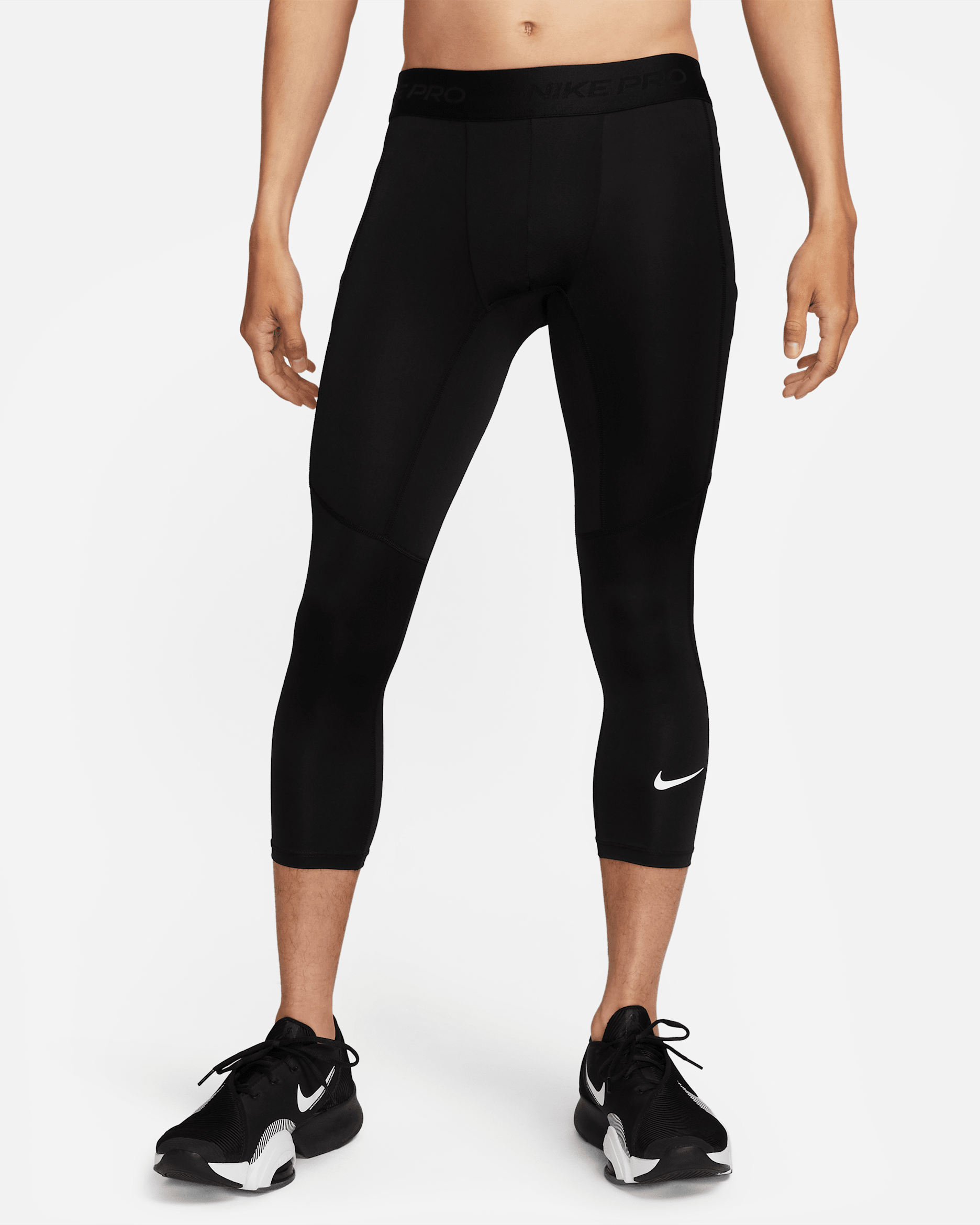
Credit: www.nike.com
Frequently Asked Questions
Do Leggings Get Tighter Or Looser Over Time?
Leggings often loosen over time due to fabric stretching. Proper fit feels snug but not restrictive. Avoid overly tight or loose leggings for comfort and durability.
Is It Better For Leggings To Be Too Big Or Too Small?
It is better for leggings to be slightly tight, not too small or too big. Tight leggings stretch to fit and stay in place. Too big leggings slip down and look baggy, causing discomfort. Choose a snug fit that supports without restricting movement or blood flow.
Do My Leggings Fall Down Because They Are Too Big Or Too Small?
Leggings fall down because they are too big, causing a loose waistband and fabric bunching. Too small leggings feel tight and dig into the skin. Choose leggings with a snug waistband that stays in place without discomfort for the best fit.
Where Should Yoga Pants Sit?
Yoga pants should sit snugly at your natural waist or just below your navel. The waistband must feel secure without digging in. Avoid gaps or slipping by choosing a size that hugs your body comfortably and allows easy movement.
Conclusion
Finding the right yoga leggings fit matters for comfort and performance. They should feel snug but never pinch or restrict. Watch for signs like fabric bunching or skin marks. A good fit supports your movements and stays in place. Remember, leggings stretch with wear, so choose a size that feels right now.
Properly fitted leggings help you focus on yoga, not adjusting clothes. Choose comfort and fit wisely for a better practice every time.

